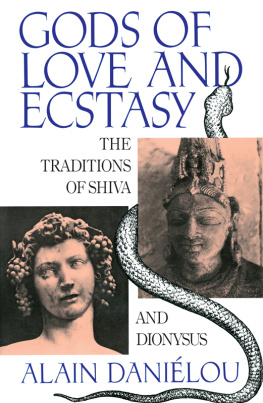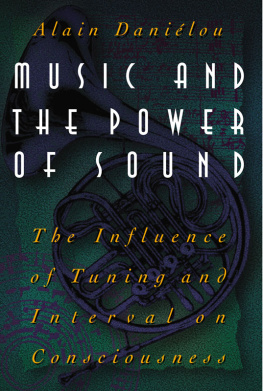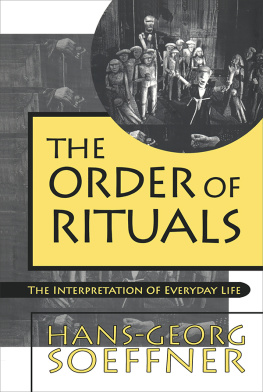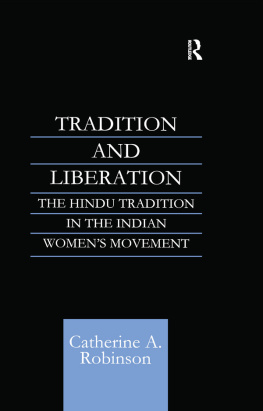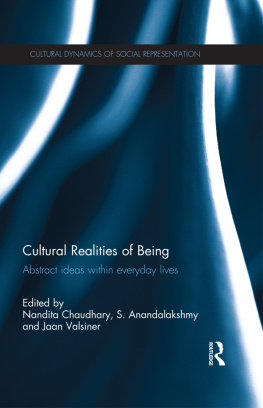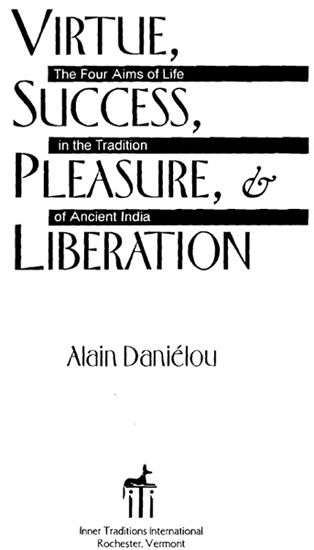
NOTE FROM THE PUBLISHER
Today we hold up egalitarian democracy, equality of the sexes and races, and multiculturalism as our social and political ideals. We are constantly reminding ourselves and being reminded that this is the common good toward which society has been "evolving." However, if we view the contemporary world with a degree of objectivity, we will observe that the sexes, races, and various cultures are all faced with constant propaganda and pressure to be assimilated into a mode of human existence consistent with the goals and values contained within the perception of reality and the imagination of Western progressive commercial society.
Wherever assimilation and adaptation to these goals and values are resisted, conflict, oppression, and exploitation occur. Three-quarters of the wars being fought in the world today are conflicts in which cultural and ethnic groups are struggling against political and economic entities known as states or countries with internationally recognized and accepted borders. "The First World," comprising only 20 percent of the world's population, enjoys 66 percent of the world's income. Struggles between the interests of black and white, north and south, tribal and modern peoples have taken center stage, replacing the discredited ideological fight between east and west. The inconsistency between our "ideals" and these horrifying world realities makes it imperative for us to investigate and explore other social orders that existed prior to the advent of the prevailing Eurocentric world view. It is in this spirit of inquiry, and not as a formula, prescription, or answer to our present problems, that this book is offered.
Prior to its colonization, India was the most culturally diverse nation on earth. How is it that all its different races, cultural groups, lifestyles, religious practices, deities, and languages (more than fifty) survived for more than five thousand years to the present day? What is the nature of the social order that unquestionably produced one of the greatest and longest lasting civilizations known to man? Alain Danilou, distinguished Orientalist, musicologist, and linguist, challenges us to enter the Hindu worldview on its own terms and journey through its life cycles from virtue to success, from pleasure to its final goal and destination... liberation.
Ehud C. Sperling
Publisher
INTRODUCTION
Virtue, Success, Pleasure, and Liberation is an unusual work: it is an intricately conceived, extended metaphor. It might be called a "metaphoric gestalt" that expands into an innovative and revelatory conceptual system in which human social order, spiritual unfoldment, and biological development are all set in a cohesive integrated vision, drawn from Alain Danilou's reflections on the ancient texts and Sutras describing traditional Hindu society. The development of this metaphoric gestalt is based on the correspondences and relationships that spring from a natural fourfold division in seemingly unrelated areas of human experience:
The four stages of biological development: childhood, youth, maturity, old age
The four seasons of the year: spring, summer, autumn, winter
The four areas of human accomplishment: virtue/devoutness, success/material acquisition, nobility/aesthetic and sensual refinement, knowledge and detachment/spiritual liberation
The four racial colors of humanity related to the four earth pigments: black, yellow, red, white
The four castes of traditional society: the worker/artisan, the producer/merchant, the warrior/aristocrat, the scholar/priest/mystic
The four elements of traditional philosophy: earth, air, fire, water
The four spatial directions: south, east, west, north
In all traditional societies throughout the world, though the details may vary, this fourfold division can be found. Without exception it symbolically represents the foundational order required for the creative consciousness to structure itself into a physical reality. The traditions that maintain the philosophy of fourfold order of physical manifestation are diverse in time and location. They range from Australian aborigines to Native Americans to tribal Africans to Chinese and Japanese Taoists to the peoples of ancient India and Egypt to Sufi mystics to medieval alchemists and to European Renaissance humanists and architects. The same fourfold pattern reappears in the content of contemporary science: the four major fields of force, the four elements basic to organic substance, the four geological types of rock, the four major tissue types of the body.
The method of developing an analogic or metaphoric structure based on a numerical form pattern such as duality, trinity, or quaternion is a fundamental procedure in all esoteric philosophy. In fact, the further back one reaches in history and prehistoric cultures the more one finds that language and symbolism rely upon number/form analogy and are increasingly metaphoric in exposition. Historically, we can view a gradual decline in the metaphoric nature of language. Shakespeare, standing at the threshold of the major conceptual shifts that occurred in the seventeenth century, foresaw the tragic fall of language into the rigid mold of objectivism and logical positivism. To Shakespeare this marked a foreboding and ominous destiny for mankind, particularly European culture.
The Sanskrit texts from which Alain Danilou draws his research Language, in this world view, was the field in which these inner and outer processes and images were brought into confrontation and relationship and where one could track the unlimited potential of metamorphosis, back and forth, between visible and invisible experience.
Since the reign of science and logical positivism, language has been considered to have a completely different function. The process of language is to achieve, in words, a precise descriptive "fit" with what is considered a separate, objective, external reality. With this focus we forget the hidden metaphoric origin of language. For example, we can make what we consider a purely factual statement: "She fell asleep but fortunately woke up in time to avoid an accident." This simple statement contains several unacknowledged However, this is only an external and singular perspective. From another point of view, an internal one, unconscious states such as sleep, dreams, reverie, meditation, and trance can be our most expanded and elevated moments, whereas active awake consciousness is very often our most grounded, confined, and mechanical mode.
Modern language and modern conceptualization are dependent upon unacknowledged metaphoric gestalts in which an invisible world of experience is reduced to, and understood in terms of, physical objects. We routinely convert intangible time, duration, and events into objects; thoughts and ideas become substance; states of being and emotion are transformed into material containers.
The Sanskrit language, and the thought processes with which Alain Danilou has conceived this work, never deny or disguise the metaphoric basis of language. He never forgets that the transformations in our understanding that metaphors can provoke are a "trick of hand," which only highlight the way in which apparently different things are similar and, at the same time, temporarily hide the way in which they are different. For example, when he draws an analogy between the archetypal qualities of the black race and the archetypal qualities of childhood, it is not intended as a factual assertion but rather as one element from a complete metaphoric gestalt or extended analogy: "The black race is to the white race as childhood is to old age, as spring is to winter, as wet and moist are to cold and dry, as south is to north." This entire series of analogies is based on highlighting some qualitative similarities while momentarily diminishing variations, diversions, and dissimilarities.
Next page

